To find the answer click the pictures and there will be a link to a source which shows that one image is a impact crater or not impact crater. That is in cases where it's uncontroversially clear.
The first candidate.
1
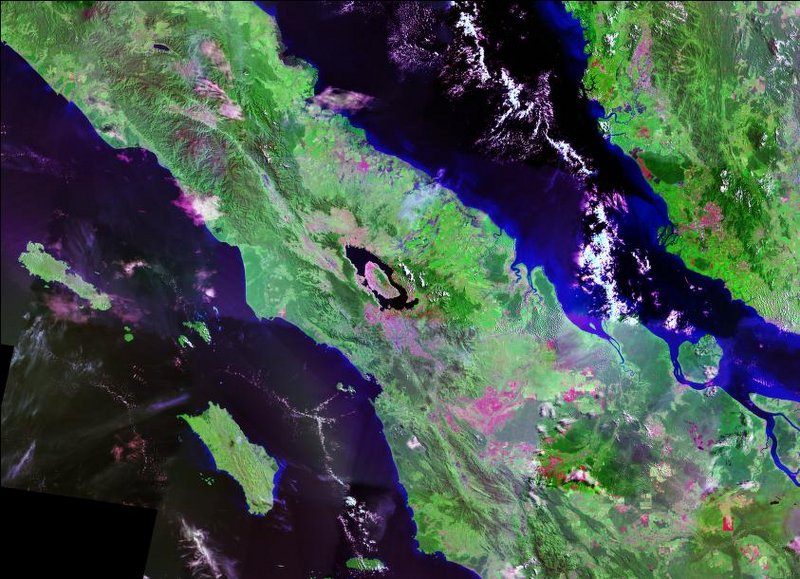
2. Now the second one.
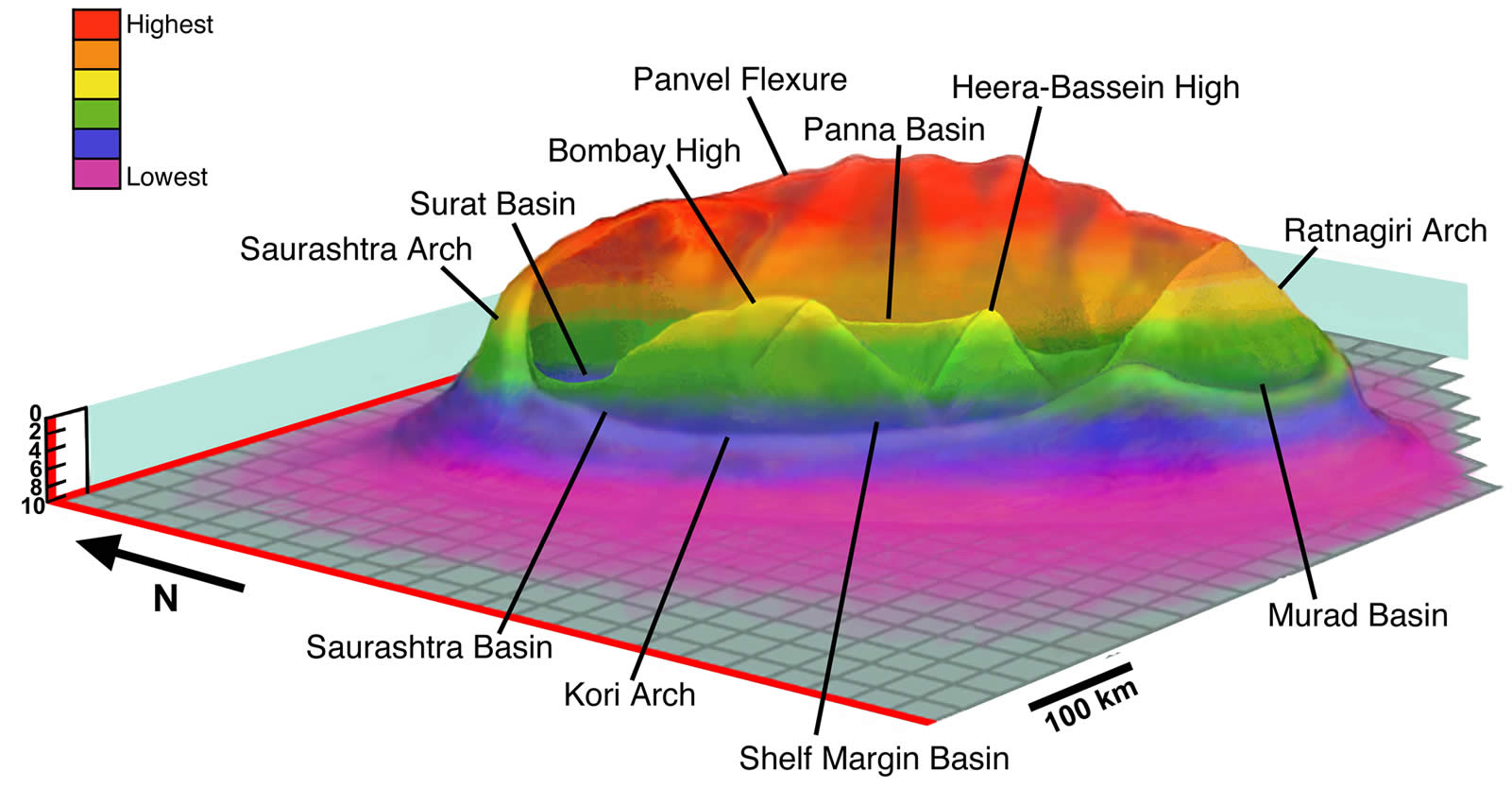
3. The third candidate impact crater
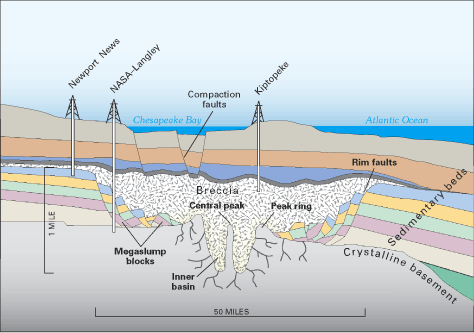
4. The fourth candidate impact feature (C'mon you know this one). Most people haven't seen it this way.
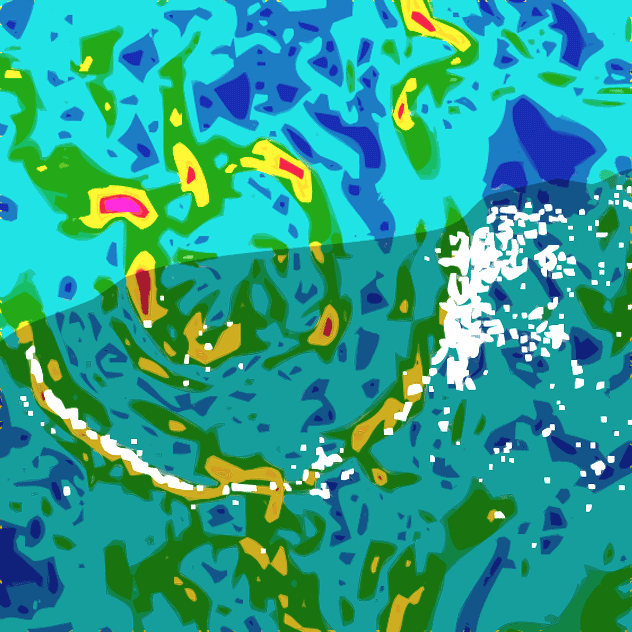
OK So what's what with these images.
The first candidate is a crater but not an impact feature. That is lake Toba which is a caldera created after a massive volcanic eruption.
The second candidate is known as the Shiva "crater" but no one is certain that it is a crater. Many geologist are unsure. if it is a crater it has been proposed as the true culprit in the extinction of the dinosaurs.
The third candidate is the Chesapeake bay impact crater. This appears to be a impact from hundreds of millions of years ago which has been covered up and hidden by the weathering and geologic activity of the earth since then.
The last feature is one everyone should know. It is the crater of the most famous impact of a meteorite ever. That is a gravity map of the Chixulub crater. The intense areas are regions where gravity is very different than the surroundings. When one of these asteroids impacts it heats the rock in the local area so much that, for a moment, it is like tossing a rock in a pond. Those wave forms freeze in causing these concentric ridges.
Looking over this information bear in mind it's not always clear right away if a given feature is a crater of any kind let alone an impact crater.
The big hole caused by some kind of explosion in Nicaragua in September 2014. Could it be a meteorite?
These are opinions based on knowledge of how plants grow , especially when it's hi summer or hot year round, and astronomy. Plus having seen pictures. No one can say much for certain right now.
It is unlikely that this crater was caused by a "chip" off of 2014RC. Nor was it caused by an asteroid orbiting or gravitationally bound to 2014 RC. That said, asteroids don't have to be bound to each other to travel in a loose association. They only need to share certain orbital characteristics. They may share what is called an orbital resonance, the length of the semi major axes of their orbits. This is part of why meteors often occur in showers. The periods of their orbits. etc. So while this is not likely a chip off 2014 RC there are a number of ways things can be "related"or "associated". (asteroid families and asteroid groups)
Here's a perspective we haven't seen much. This image was a handout by the Nicaraguan Army. What they seem to be trying to hi lite here is the elongated scar on the ground leading up to the "crater".
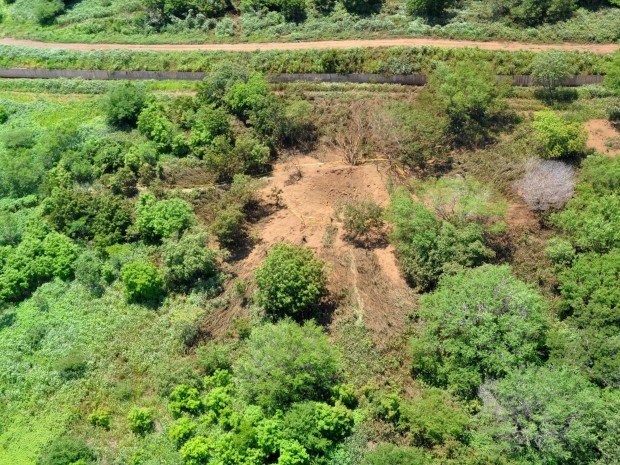
Hypothesis one, this is due to an excavation with an Earth mover or possibly a natural sink hole.
It is as if the vegetation is scorched to varying degrees right up to the crater/sinkhole. The problem with the sink hole idea is that .... generally sinkholes don't cause trees to loose their leaves facing them, if not all of their leaves.
The same goes for excavations with an earth mover. Generally people excavate with earth movers for a specific reason. Nothing is being constructed here, and there isn't an access road of some kind that shows signs of heavy machinery.
Hypothesis two, this is a bomb crater.
This is a crater due to a bomb from the Nicaraguan Airforce. A bomb could do this but there are no pieces of the bombs casing, tail fins etc. These things tend to survive impact and the explosion. They also don't scorch things as they are coming in unless they explode a bit above ground.
Hypothesis three, this is a meteorite impact.
What militates against this being an impact is the lack of any sign of the impactor. No one saw it go in, in a city with two million people in it. Even if it was cloudy someone would have see the brightness in the sky something.
The only marks for the meteorite hypothesis are the scorched vegetation leading up to the crater, and the lack of bomb shrapnel. A bomb could do what we see there so could a meteorite.
It is most probable this is due to a bomb dropped from the air, but an impact crater cannot be ruled out.
Lets hope someone bothers to ask the Nicaraguan airforce if they've been using any munitions that could cause such a hole. Bombs large enough to do this are not cheap and someone would have some record or recollection of dropping it.
This crater looks very fresh, so whatever caused it would have to be pretty recent. No grass, weeds, or any other fast growing plants are present in the crater so it can't be weeks old. It looks like it happened yesterday, was very violent, and very sudden. To prove conclusively this was an impact crater they need to find some tiny fragment of meteorite. Even if it's just an overabundance of certain elements not plentiful on Earths surface in the crater. That would also point to the impact of something that broke up so thoroughly that it was vaporized on impact. Only tangible evidence, or a video of the incoming fireball would prove this was a meteor.
Update:
Experts examining photos of the crater and on site have identified possible candidate meteorite fragments (The latest worldwide meteor/meteorite news). It could be an ordinary chondrite which would explain why metal detectors wont find it.




Comments